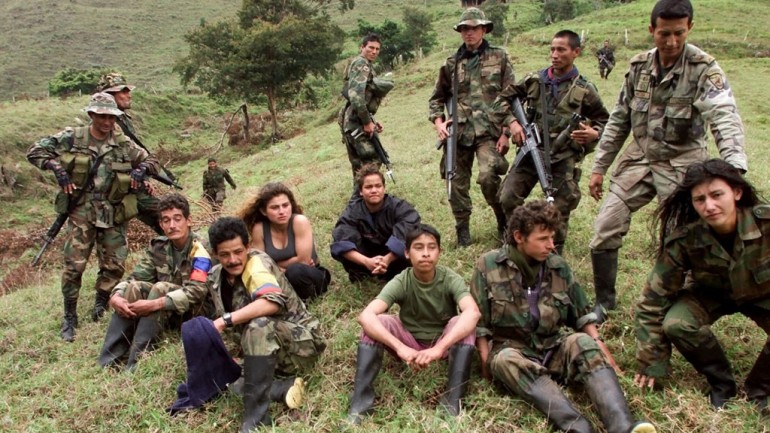Following two months of intense violence, the leaders of Colombia’s FARC rebels on Monday ordered their troops to indefinitely cease attacks on Monday.
The unilateral ceasefire is the first in what should be a series of reciprocate actions by both the rebels and the state that seek a significant deescalation of violence that have put ongoing peace talks at the brink of failure.
If the FARC uphold their truce this time, the government committed to also declaring measures to ensure war-related violence is reduced and negotiators in Havana, Cuba can negotiate a peace deal with the rebels after 51 years of war.
Colombia govt vows to de-escalate conflict if FARC rebels uphold ceasefire
The ceasefire is the FARC’s second since December last year when it first called a unilateral ceasefire for the duration of the talks. The last one failed on May 22, three weeks after a FARC unit attacked a military unit in the southwest of Colombia.
The attack that killed 11 spurred a series of actions that undid mutual attempts to reduce violence and — after the bombing of 27 of their comrades — ultimately led to the guerrilla leadership to suspend the truce.
Since then, parts of the country have been submerged in violence as the FARC stepped up attacks to levels not seen since before the peace talks and both the military and rebels relentlessly attacked each other, forcing thousands of civilians to flee their homes.
Also after responding to the peace talks guarantor countries to reduce violence and calling the unilateral ceasefire on July 8, attacks continued, killing at least three members of the security forces while causing major damage at road and oil infrastructure.
The conflict
Causes
Inequality
Political exclusion
Weak, corrupt state
Violence aggravators
Drug trafficking
International actors
These attacks seemed to begin reducing over the weekend as the rebels assumed their defense positions in the jungles, villages and mountains of Colombia.
The measures to deescalate the armed conflict will be monitored formally by UNASUR, whose president Uruguay appointed former Defense Minister Jose Bayardi to monitor both sides’ commitment to the series of measures that should ultimately lead to an indefinite bilateral ceasefire.
The government, supported by public opinion, has so far been hesitant to reciprocate the FARC’s unilateral actions for two reasons; While refraining from attacks against security forces and infrastructure, the rebels have continued extortion practices. Also, there continues to be a persistent lack of trust in the guerrillas’ intentions, resulting in fears the FARC might use a bilateral ceasefire not for a step towards peace, but to seek military gain.
Reducing the violence has also proven difficult as negotiators in Havana seem stuck on one of the last parts of the agenda; Victims.
During the 51-year-long conflict, 7 million Colombians were victimized. While both the FARC and the state have admitted to have been victimizers in these decades of violence, neither seems willing to take the full blame.
The FARC has so far refused to go to prison while the government has failed to indicate it feels responsible for the tens of thousand of war crimes carried out by both parties.
The absence of military deaths and attacks on infrastructure is meant to restore confidence at the peace talks in Havana and is considered necessary to finalize the talks that have been ongoing since November 2012.
The post FARC ceasefire comes into force after 2 months of attacks and combat appeared first on .

